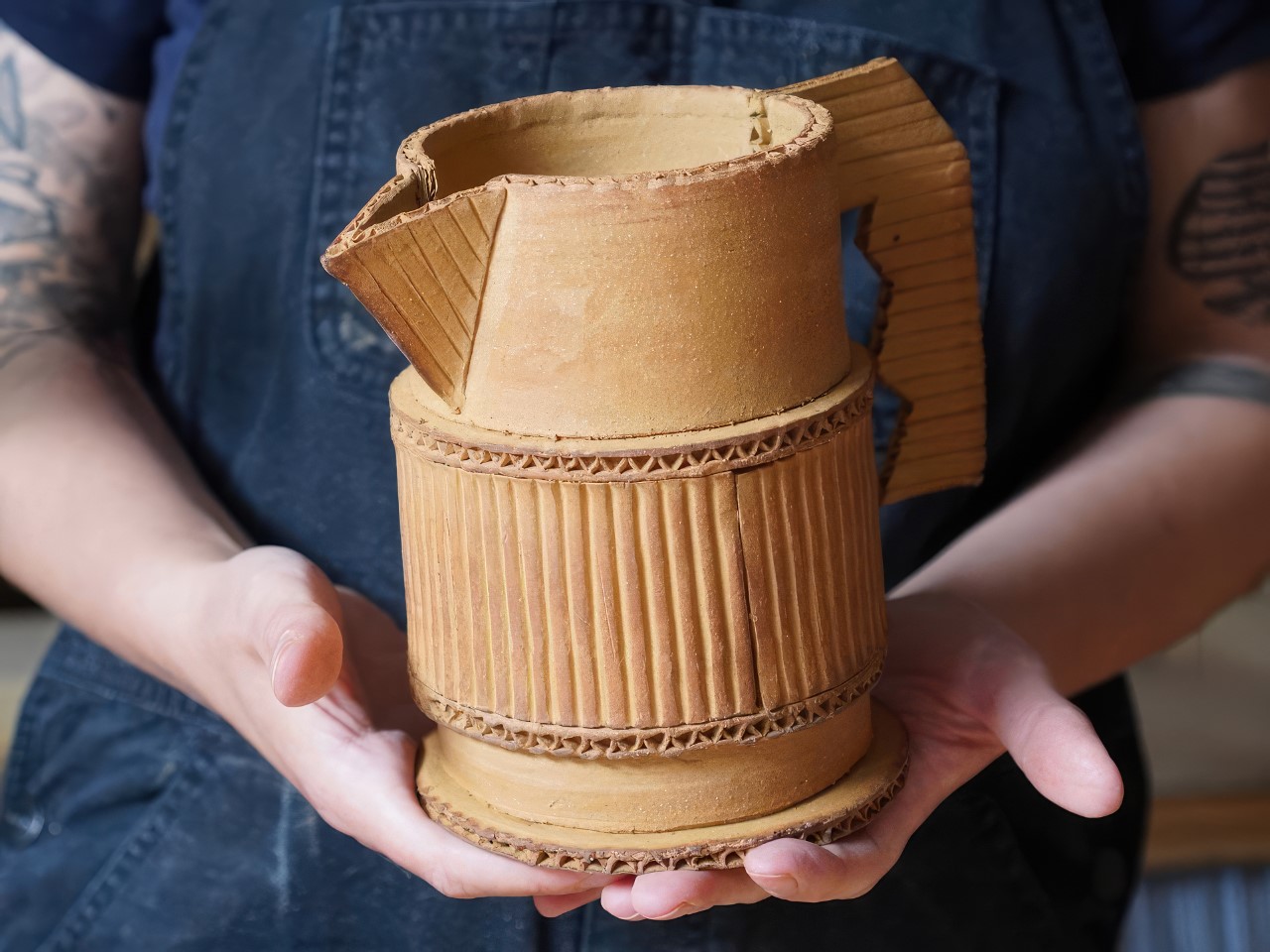Rocket-inspired 3D Printed Plant Pot Launches Playful Style for Indoor Gardens
![]()
If you’ve dived into indoor gardening recently, you’re probably no stranger to the endless parade of pots and planters on the market. From starkly minimalist ceramics to high-tech self-watering planters, there’s no shortage of options for every plant lover. Still, so many of these designs play it safe, focusing on pure function or understated looks. Sometimes, your green space just needs a little extra lift-off.
That’s where the RocketPot comes in, ready to propel your plant collection to new heights, literally and figuratively. This rocket-inspired plant pot is all about personality, standing out with a retro-futuristic design that looks straight out of a sci-fi adventure. With RocketPot, your favorite succulent graduates from being a houseplant into a brave explorer, charting new territory from your windowsill or desk.
Designer: HpInvent
![]()
The pot’s playful design starts with its three-legged base, giving the whole piece a stable yet dynamic, ready-for-launch stance. The “capsule” top sits right above the “engine” module, so watering, cleaning, and repotting are easier than ever. This two-part construction means you can care for your plants without fuss or mess, and the removable design adds to the fun of assembling your own tiny rocket.
![]()
RocketPot doesn’t skimp on the details, either. Look closely and you’ll spot vent-like grooves and sleek, fin-shaped legs—clear nods to classic sci-fi rockets from your favorite movies or cartoons. These touches turn the planter into a little work of art, perfect for anyone who wants their decor to tell a playful story.
![]()
Of course, it’s not all about looks. The base includes a well-designed drainage tray, featuring a starburst pattern that keeps roots healthy and your shelves dry. Whether you’re nurturing herbs, succulents, or small leafy plants, RocketPot is available in several sizes to suit any greenery you want to launch into your indoor universe.
![]()
For plant fans with a love of space, design, or just a good sense of humor, RocketPot lets you show off your love for growing things in the most imaginative way. It transforms the humble plant pot into a little mission to spark joy, creativity, and maybe even a few conversations whenever friends come over. With RocketPot, your indoor garden can finally reach for the stars, figuratively only, of course.
![]()
![]()
The post Rocket-inspired 3D Printed Plant Pot Launches Playful Style for Indoor Gardens first appeared on Yanko Design.


